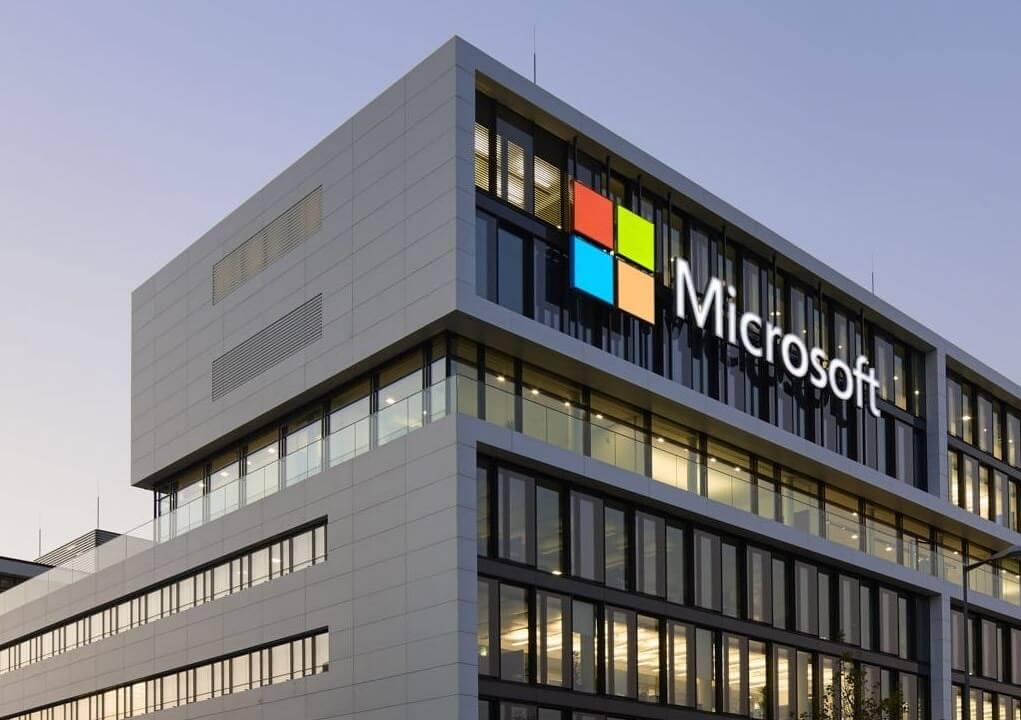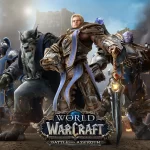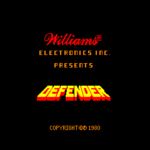
Microsoft Corporation, commonly known as Microsoft, is an American multinational technology corporation which produces computer software, consumer electronics, personal computers, and related services headquartered at the Microsoft Redmond campus located in Redmond, Washington, United States. Its best-known software products are the Windows line of operating systems, the Microsoft Office suite, and the Internet Explorer and Edge web browsers. Its flagship hardware products are the Xbox video game consoles and the Microsoft Surface lineup of touchscreen personal computers. Microsoft ranked No. 21 in the 2020 Fortune 500 rankings of the largest United States corporations by total revenue; it was the world’s largest software maker by revenue as of 2016. It is one of the Big Five American information technology companies, alongside Google, Amazon, Apple, and Meta. (Source from Wikipedia)
Background
Microsoft (the word being a portmanteau of “microcomputer software”) was founded by Bill Gates and Paul Allen on April 4, 1975, to develop and sell BASIC interpreters for the Altair 8800. It rose to dominate the personal computer operating system market with MS-DOS in the mid-1980s, followed by Windows. Steve Ballmer replaced Gates as CEO in 2000, and later envisioned a “devices and services” strategy. This unfolded with Microsoft acquiring Danger Inc. in 2008, entering the personal computer production market for the first time in June 2012 with the launch of the Microsoft Surface line of tablet computers, and later forming Microsoft Mobile through the acquisition of Nokia’s devices and services division. Since Satya Nadella took over as CEO in 2014, the company has scaled back on hardware and has instead focused on cloud computing, a move that helped the company’s shares reach its highest value since December 1999.


growth of services
As of 2015, Microsoft is market-dominant in the IBM PC compatible operating system market and the office software suite market, although it has lost the majority of the overall operating system market to Android. The company also produces a wide range of other consumer and enterprise software for desktops, laptops, tabs, gadgets, and servers, including Internet search (with Bing), the digital services market (through MSN), mixed reality (HoloLens), cloud computing (Azure), and software development (Visual Studio).

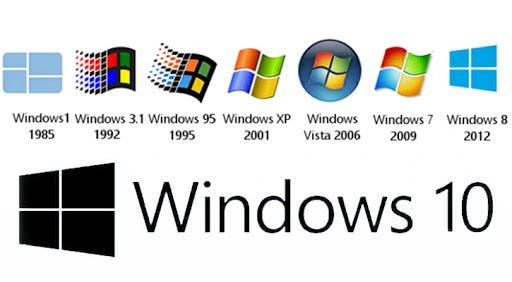
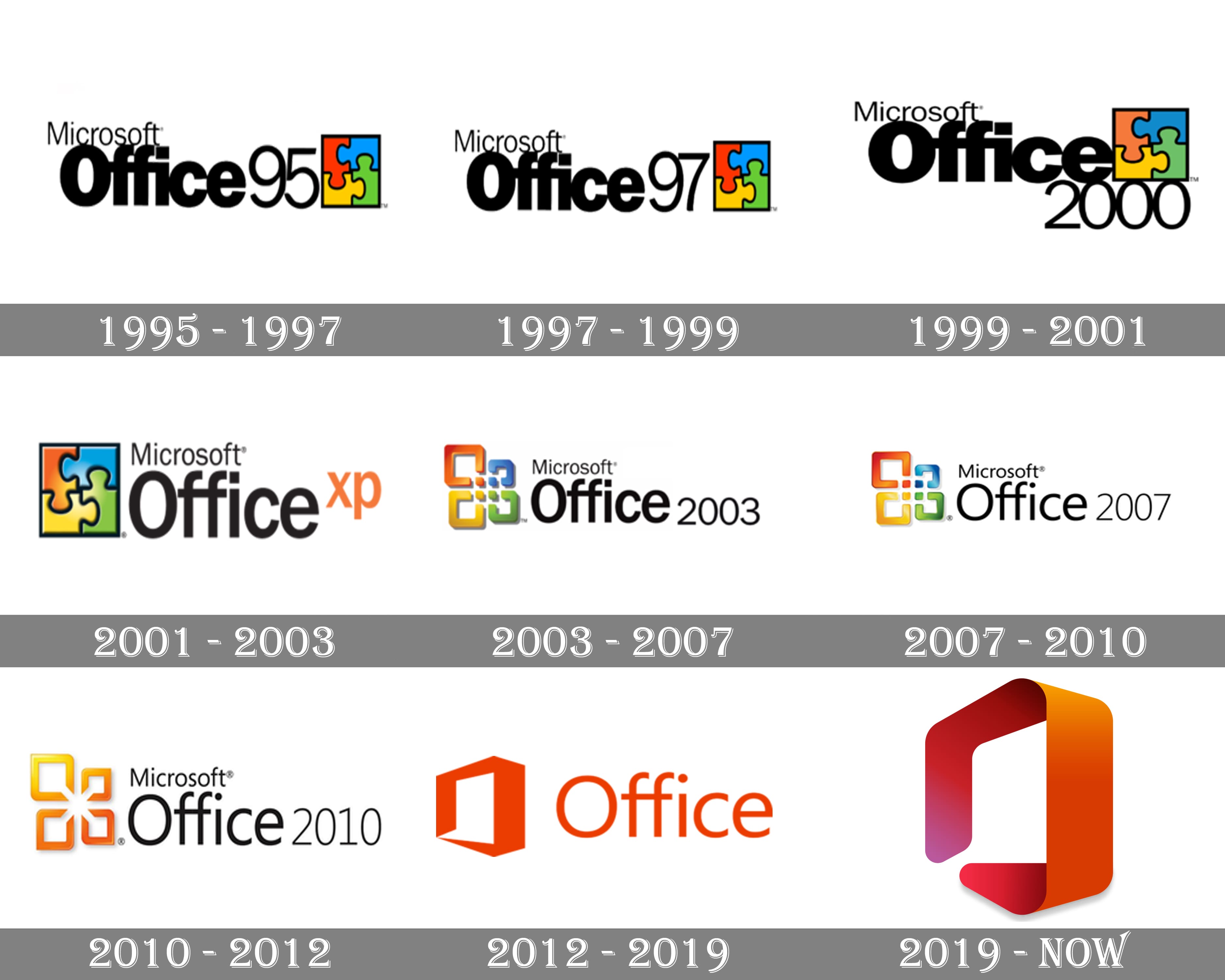

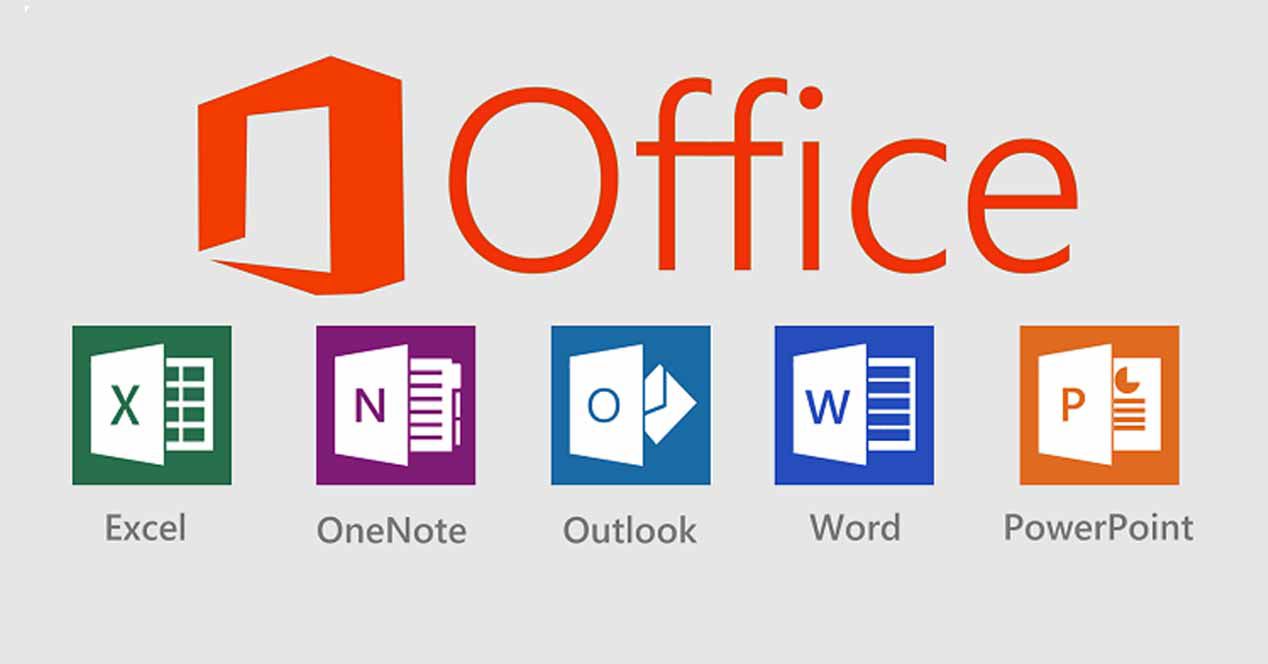

1985–1994: Windows and Office

Microsoft released Windows on November 20, 1985, as a graphical extension for MS-DOS, despite having begun jointly developing OS/2 with IBM the previous August. Microsoft moved its headquarters from Bellevue to Redmond, Washington, on February 26, 1986. Microsoft released its version of OS/2 to original equipment manufacturers (OEMs) on April 2, 1987. Meanwhile, the company was at work on Microsoft Windows NT, which was heavily based on their copy of the OS/2 code. It shipped on July 21, 1993, with a new modular kernel and the 32-bit Win32 application programming interface (API), making it easier to port from 16-bit (MS-DOS-based) Windows. Microsoft informed IBM of Windows NT, and the OS/2 partnership deteriorated.



1995–2007: Foray into the Web, Windows 95, Windows XP
Following Bill Gates’ internal “Internet Tidal Wave memo” on May 26, 1995, Microsoft began to redefine its offerings and expand its product line into computer networking and the World Wide Web. With a few exceptions of new companies, like Netscape, Microsoft was the only major and established company that acted fast enough to be a part of the World Wide Web practically from the start. Other companies like Borland, WordPerfect, Novell, IBM and Lotus, being much slower to adapt to the new situation, would give Microsoft a market dominance. The company released Windows 95 on August 24, 1995, featuring pre-emptive multitasking, a completely new user interface with a novel start button, and 32-bit compatibility; similar to NT, it provided the Win32 API. Windows 95 came bundled with the online service MSN, which was at first intended to be a competitor to the Internet, and (for OEMs) Internet Explorer, a Web browser. Internet Explorer was not bundled with the retail Windows 95 boxes, because the boxes were printed before the team finished the Web browser, and instead was included in the Windows 95 Plus! pack. Backed by a high-profile marketing campaign and what The New York Times called “the splashiest, most frenzied, most expensive introduction of a computer product in the industry’s history,” Windows 95 quickly became a success. Branching out into new markets in 1996, Microsoft and General Electric’s NBC unit created a new 24/7 cable news channel, MSNBC. Microsoft created Windows CE 1.0, a new OS designed for devices with low memory and other constraints, such as personal digital assistants.
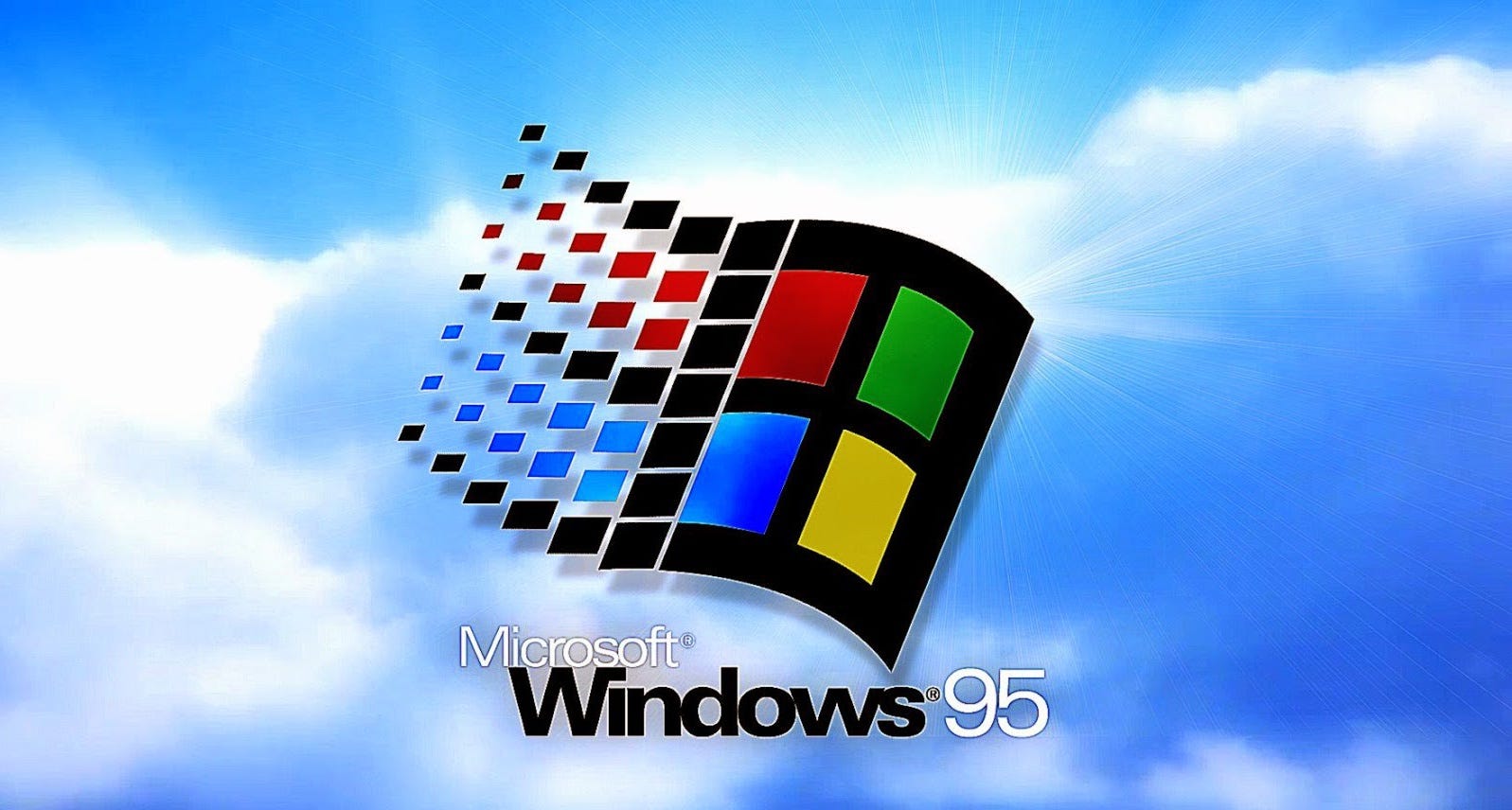

XBOX CONSOLES
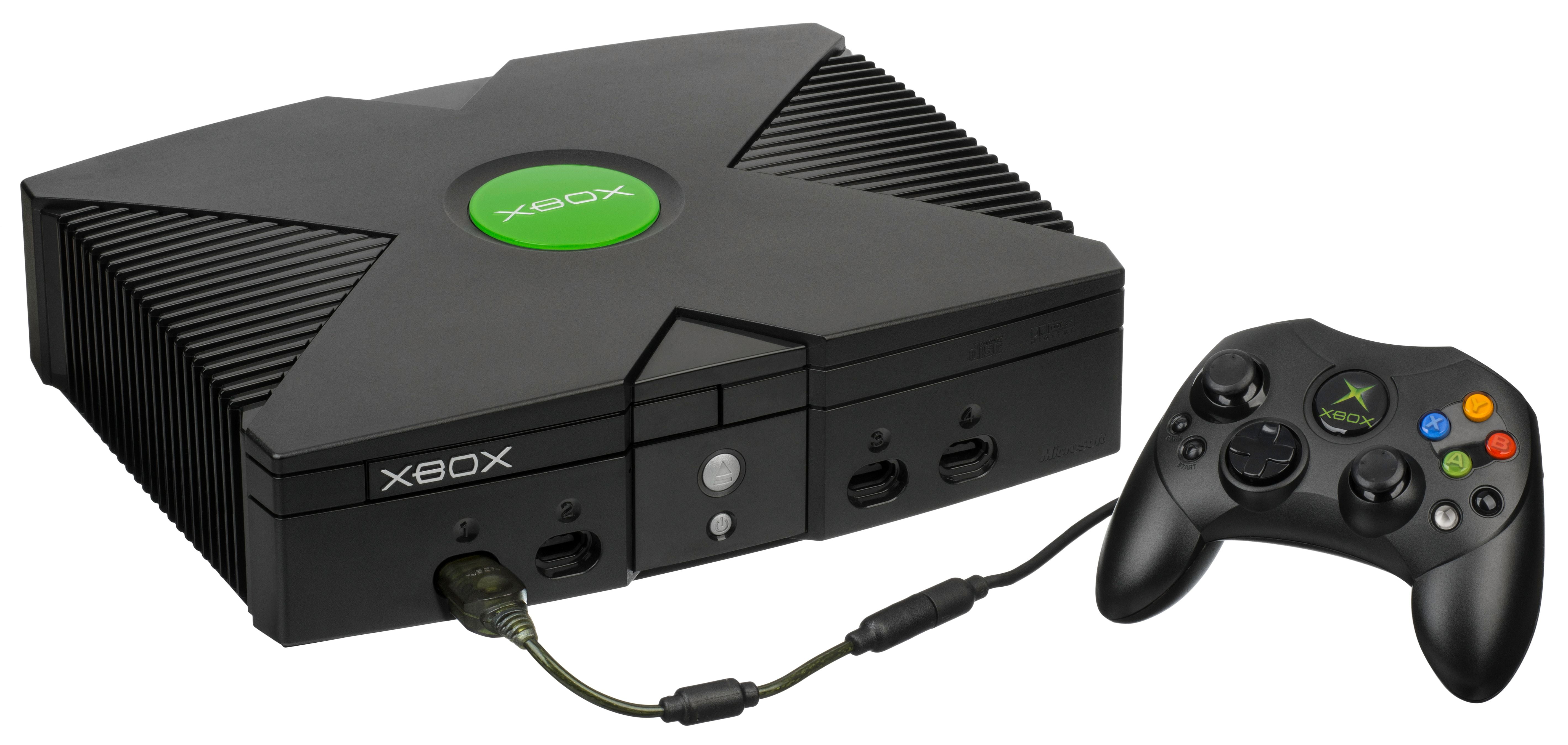
Xbox is a video gaming brand created and owned by Microsoft. The brand consists of five video game consoles, as well as applications (games), streaming services, an online service by the name of Xbox network, and the development arm by the name of Xbox Game Studios. The brand was first introduced in the United States in November 2001, with the launch of the original Xbox console.
2007–2011: Microsoft Azure, Windows Vista, Windows 7, and Microsoft Stores
Released in January 2007, the next version of Windows, Vista, focused on features, security and a redesigned user interface dubbed Aero. Microsoft Office 2007, released at the same time, featured a “Ribbon” user interface which was a significant departure from its predecessors. Relatively strong sales of both products helped to produce a record profit in 2007. 2007 also saw the creation of a multi-core unit at Microsoft, following the steps of server companies such as Sun and IBM.


2011–2014: Windows 8/8.1, Xbox One, Outlook.com, and Surface devices
Following the release of Windows Phone, Microsoft undertook a gradual rebranding of its product range throughout 2011 and 2012, with the corporation’s logos, products, services and websites adopting the principles and concepts of the Metro design language. Microsoft unveiled Windows 8, an operating system designed to power both personal computers and tablet computers, in Taipei in June 2011. A developer preview was released on September 13, which was subsequently replaced by a consumer preview on February 29, 2012, and released to the public in May. The Surface was unveiled on June 18, becoming the first computer in the company’s history to have its hardware made by Microsoft. On June 25, Microsoft paid US$1.2 billion to buy the social network Yammer. On July 31, they launched the Outlook.com webmail service to compete with Gmail. On September 4, 2012, Microsoft released Windows Server 2012.

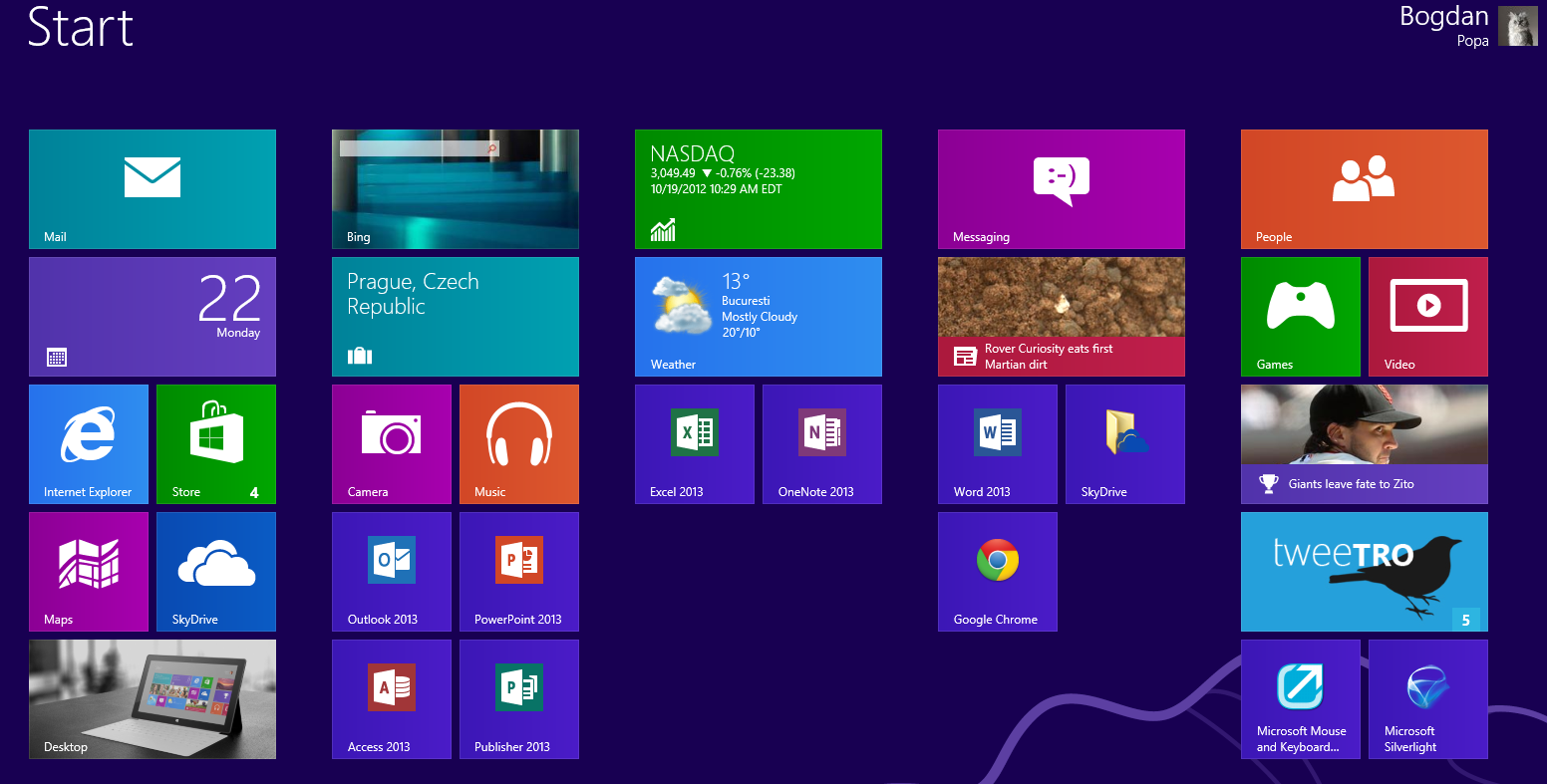
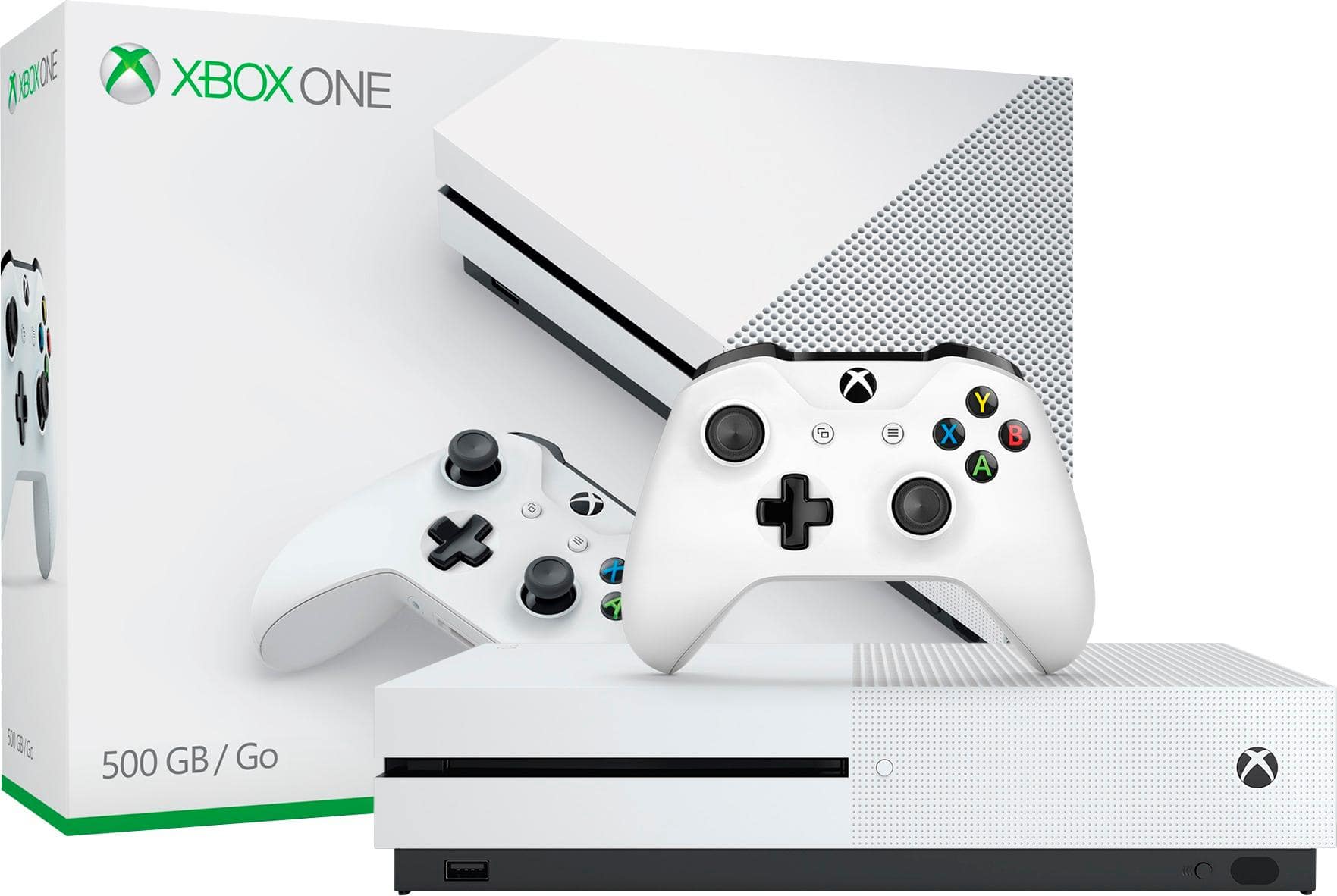

2014–2020: Windows 10, Microsoft Edge, and HoloLens
On February 4, 2014, Steve Ballmer stepped down as CEO of Microsoft and was succeeded by Satya Nadella, who previously led Microsoft’s Cloud and Enterprise division. On the same day, John W. Thompson took on the role of chairman, in place of Bill Gates, who continued to participate as a technology advisor. Thompson became the second chairman in Microsoft’s history. On April 25, 2014, Microsoft acquired Nokia Devices and Services for $7.2 billion. This new subsidiary was renamed Microsoft Mobile Oy. On September 15, 2014, Microsoft acquired the video game development company Mojang, best known for Minecraft. On June 8, 2017, Microsoft acquired Hexadite, an Israeli security firm.
On January 21, 2015, Microsoft announced the release of their first Interactive whiteboard, Microsoft Surface Hub. On July 29, 2015, Windows 10 was released, with its server sibling, Windows Server 2016, released in September 2016. In Q1 2015, Microsoft was the third largest maker of mobile phones, selling 33 million units.
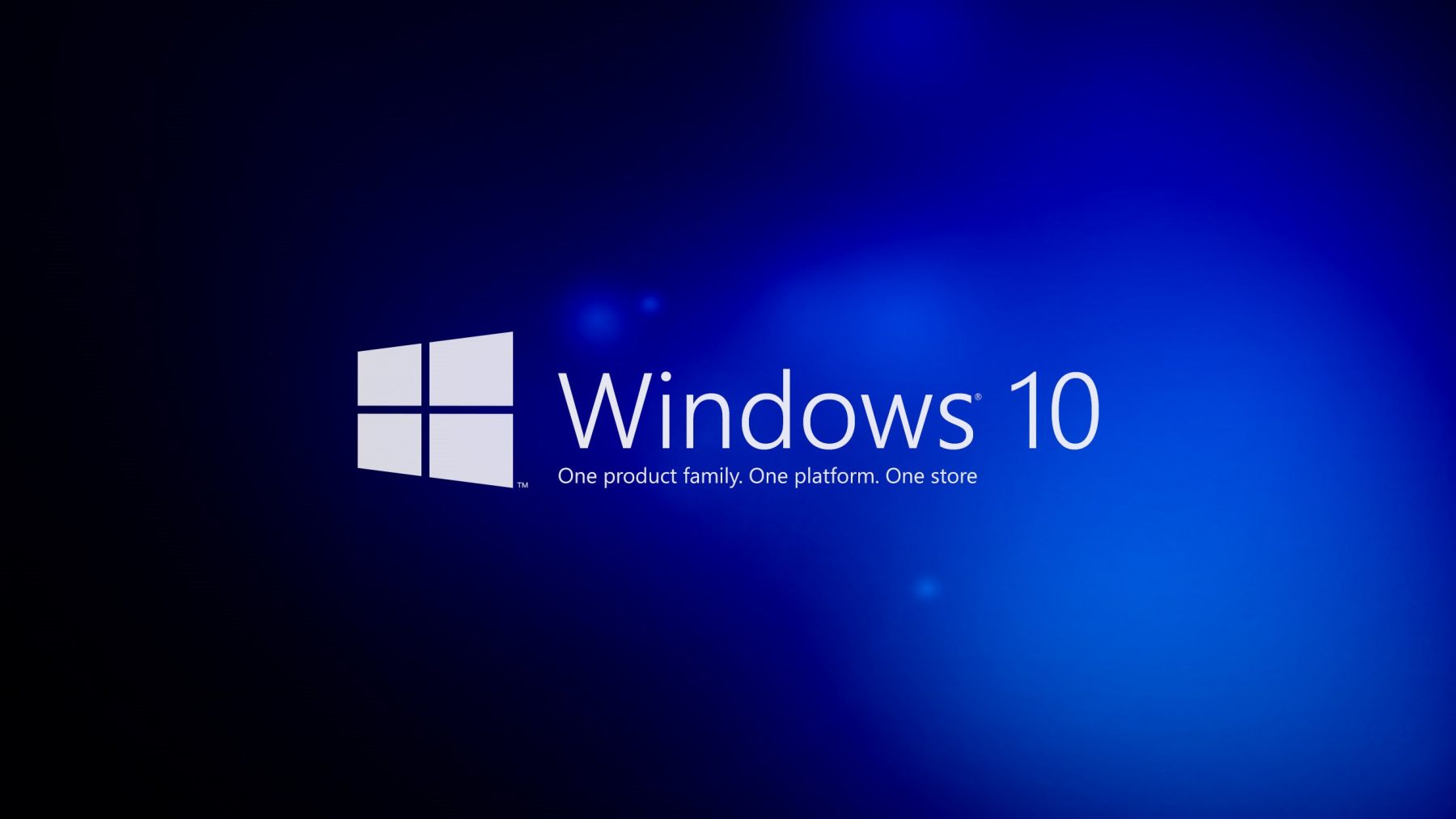


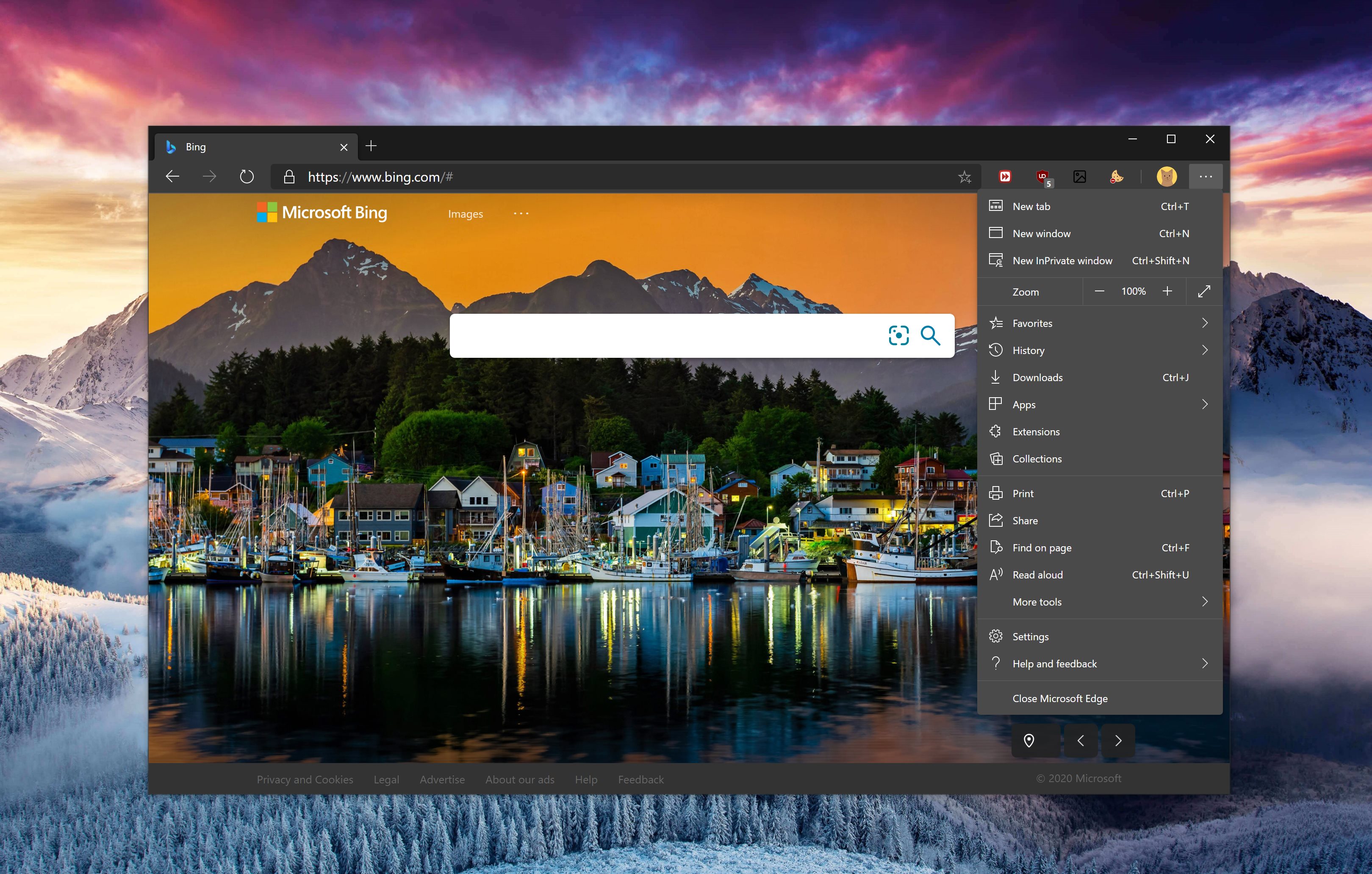

2020–present: Acquisitions, Xbox Series X/S, and Windows 11
On March 26, 2020, Microsoft announced it was acquiring Affirmed Networks for about $1.35 billion. Due to the COVID-19 pandemic, Microsoft closed all of its retail stores indefinitely due to health concerns. On July 22, 2020, Microsoft announced plans to close its Mixer service, planning to move existing partners to Facebook Gaming.
On July 31, 2020, it was reported that Microsoft was in talks to acquire TikTok after the Trump administration ordered ByteDance to divest ownership of the application to the U.S. On August 3, 2020, after speculation on the deal, Donald Trump stated that Microsoft could buy the application, however it should be completed by September 15, 2020, and that the United States Department of the Treasury should receive a portion if it were to go through.
On August 5, 2020, Microsoft stopped its xCloud game streaming test for iOS devices. According to Microsoft, the future of xCloud on iOS remains unclear and potentially out of Microsoft’s hands. Apple has imposed a strict limit on “remote desktop clients” that means applications are only allowed to connect to a user-owned host device or gaming console owned by the user. On September 21, 2020, Microsoft announced its intent to acquire video game company ZeniMax Media, the parent company of Bethesda Softworks, for about $7.5 billion, with the deal expected to be occurred in the second half of 2021 fiscal year. On March 9, 2021, the acquisition was finalized and ZeniMax Media became part of Microsoft’s Xbox Game Studios division. (Source from Wikipedia)

MICROSOFT worldwide
